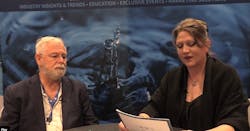EPA proposes new NPDES permits for Guam wastewater treatment plants
Dec. 4, 2012
Sponsored Recommendations
Sponsored Recommendations
ArmorBlock 5000: Boost Automation Efficiency
April 25, 2024
State of Smart Manufacturing Report Series
April 25, 2024


